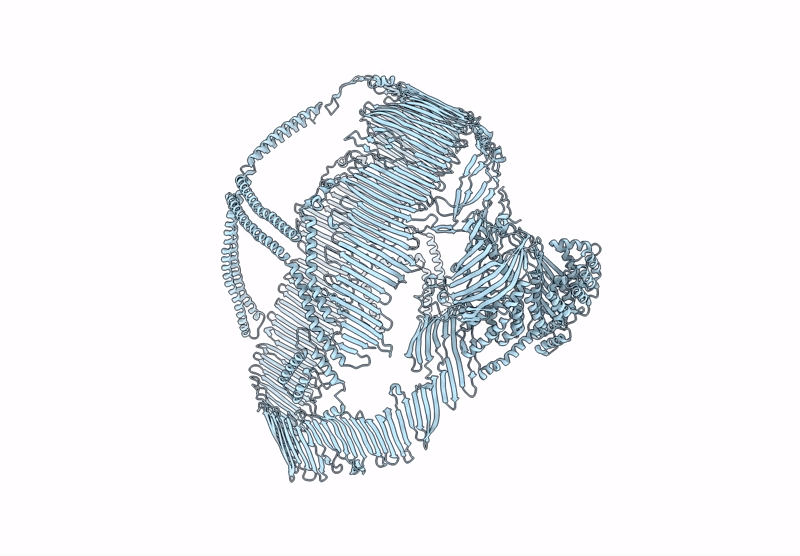
Deposition Date
2024-11-08
Release Date
2024-12-18
Last Version Date
2025-03-05
Entry Detail
PDB ID:
9E9R
Keywords:
Title:
The Structure of ApoB100 from Human Low-Density Lipoprotein
Biological Source:
Source Organism:
Homo sapiens (Taxon ID: 9606)
Host Organism:
Method Details:
Experimental Method:
Resolution:
9.00 Å
Aggregation State:
PARTICLE
Reconstruction Method:
SINGLE PARTICLE


